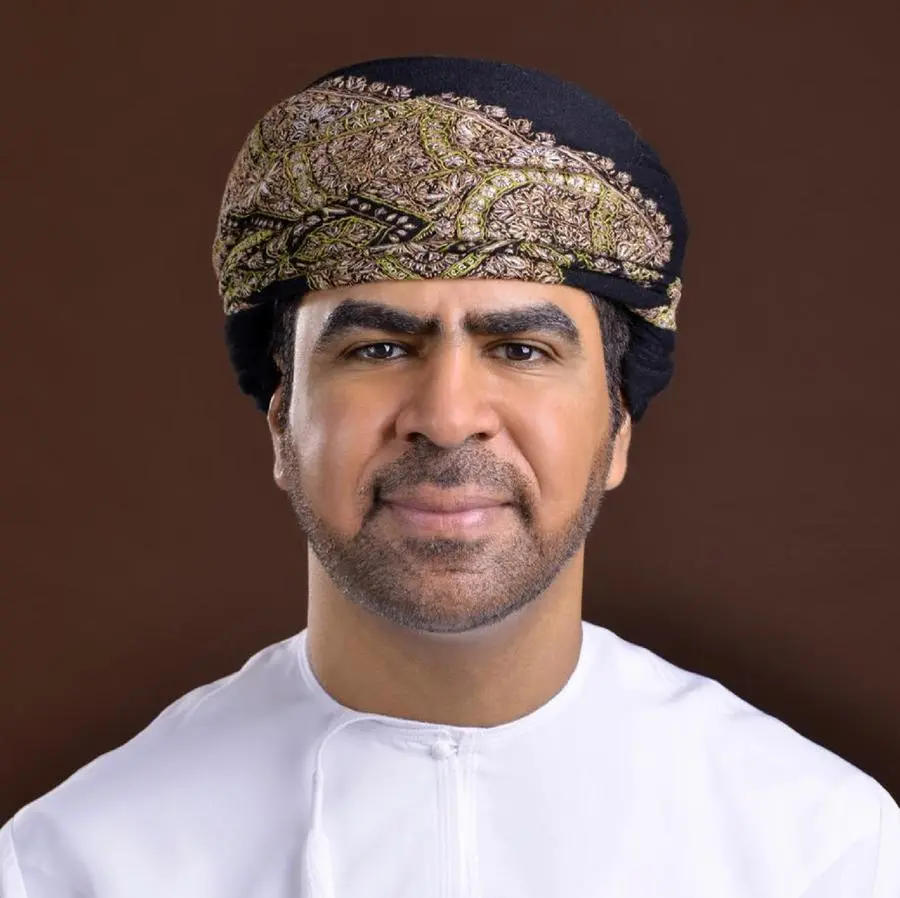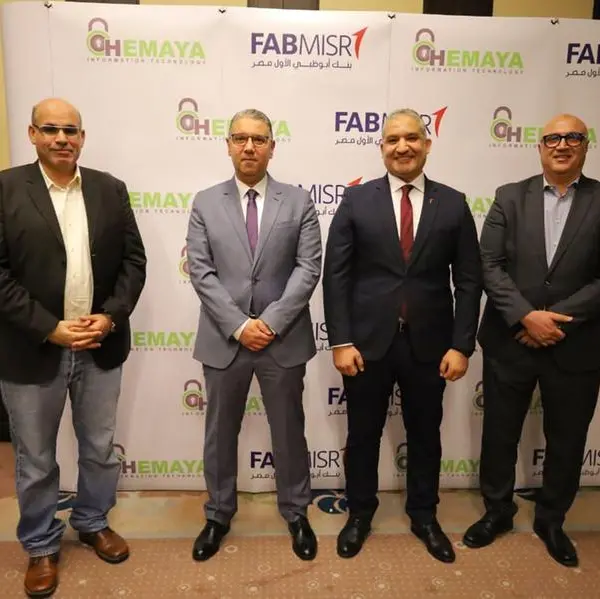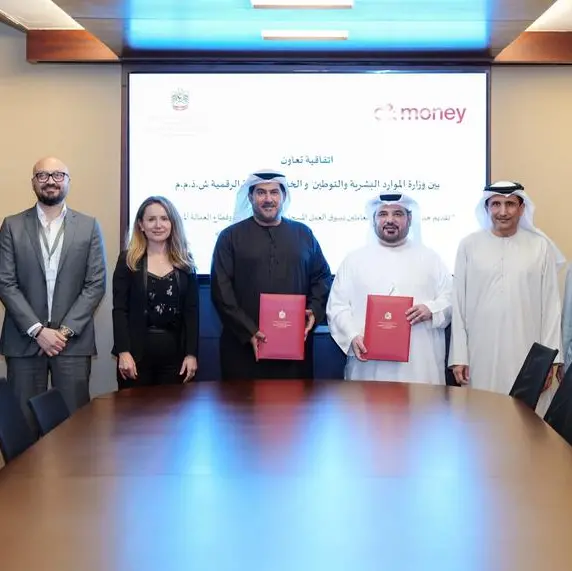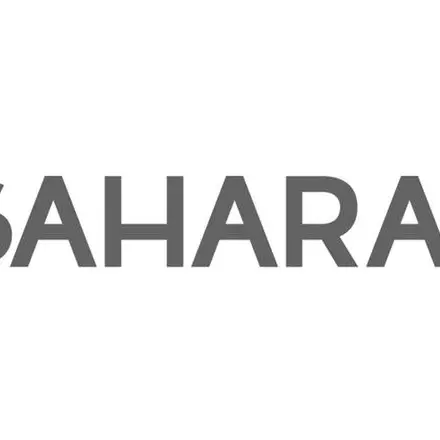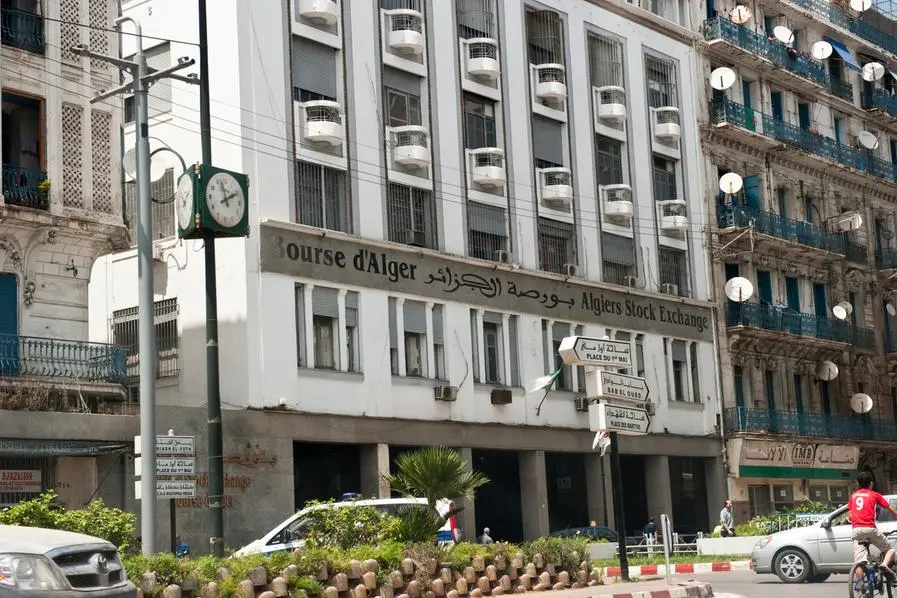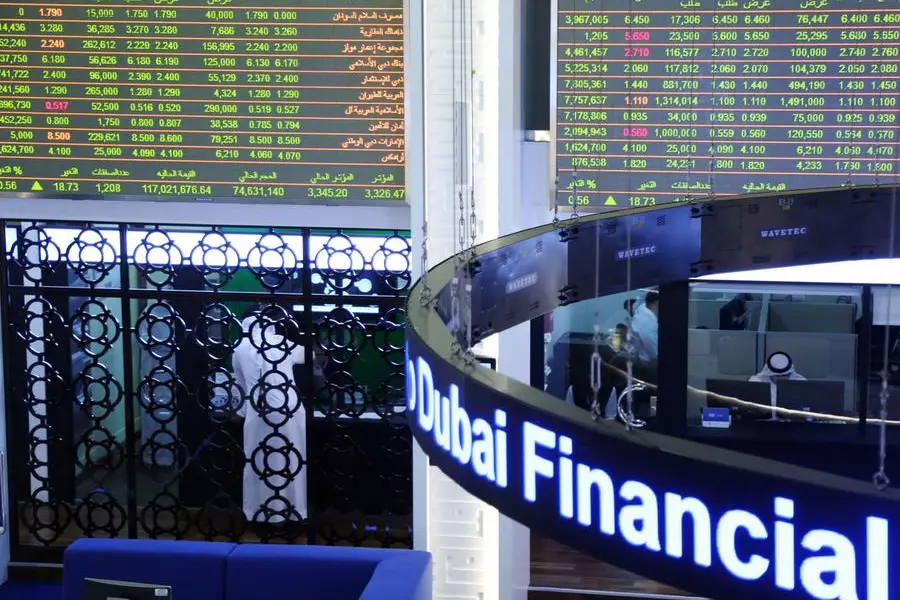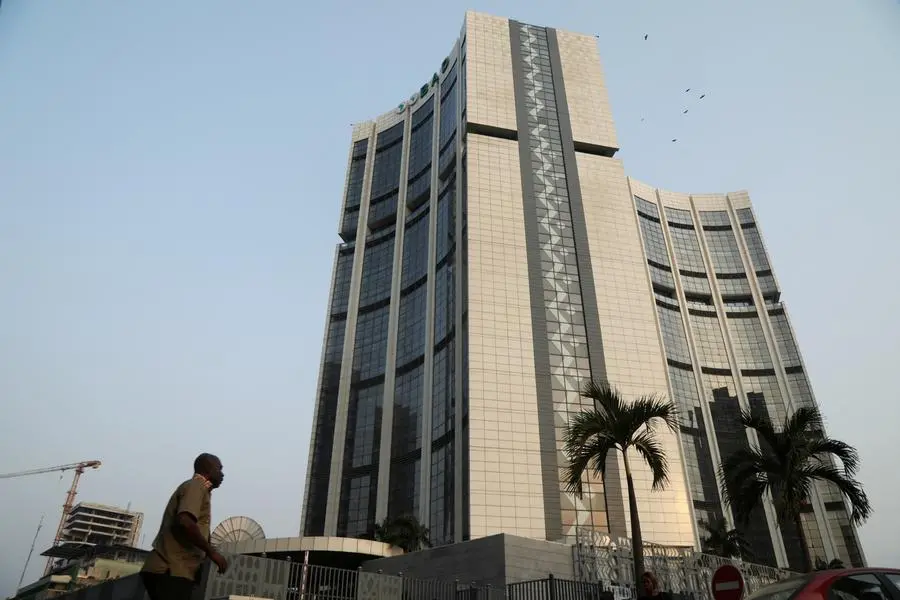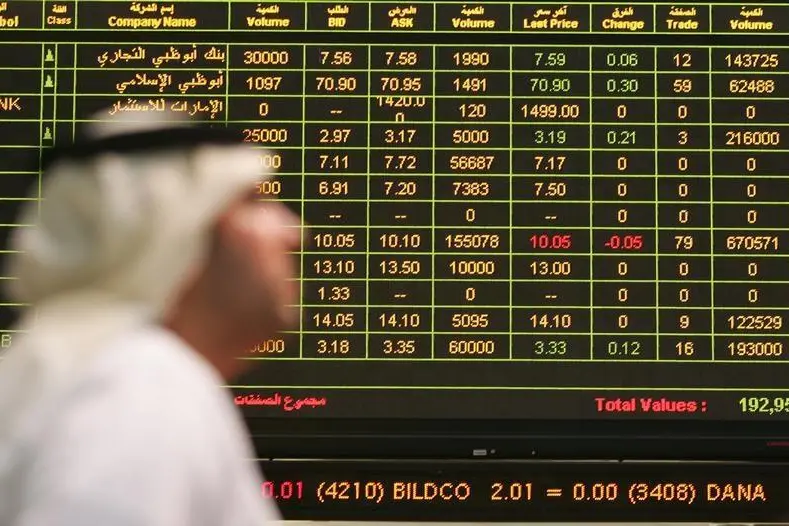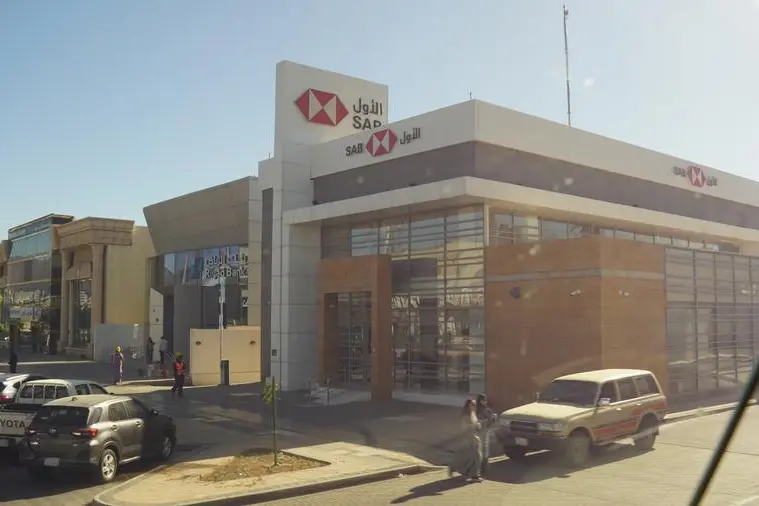Calls were made for improvements in the safety of offshore personnel transfers, the adoption of a common best practice and a co-ordinated approach to incident information at a major seminar held in Lafayette in March.
More than 50 key oil and gas industry personnel, from operators and service companies attended the first ever marine personnel transfer seminar, hosted by SEACOR Marine and held at the Acadian Integrated Services offshore training facility in Maurice, La.
The process of transferring offshore crew by crane from vessel to installation is potentially a high risk operation. However, the approach to marine personnel transfer between vessels and offshore installations rarely receives critical review and, compared to helicopter transfer, standards are far less stringent.
Organisers of the event have access to information on more than 60 marine transfer incidents globally. Whilst this may only represent a fraction of total incidents in recent years it is probably the most comprehensive database of marine transfer activity available today. Analysis of these incidents shows that 40% have involved falling and 32% side impact; 83% occurred on the support vessel while 35% occurred during pick up of the basket.
Importantly 31% of all incidents involved a phenomenon known as "the swing". This occurs when the crane's boom tip is not directly above the basket as the crane driver picks up; in practice the relative position of the boom and vessel is difficult to control particularly in rough weather. The pendulum effect causes the basket to swing violently on pick up, often with disastrous effects. It was estimated that 80% of injuries would have been prevented by the use of improved equipment.
The seminar included verbal accounts of recent incidents and experience of a major operator. A recent study suggests that the average incident rate for basket transfers in the US Gulf of Mexico is 73 per million man transfers.
John Fontenot, SEACOR Marine's Safety Director, said: "We know that over a 5 year period millions of vessel based offshore personnel transfers are carried out resulting in many injuries and a number of fatalities, yet we do not know exactly how many because these statistics are not captured by any centralized database in our industry describing the cause of the injuries and deaths."
The seminar was supported by Reflex Marine, global experts in marine transfer. Reflex Marine is involved in safety reviews, audits and also developed The Frog?, a personnel transfer capsule which provides a complete marine transfer solution, incorporating an outer protective shell and a shock absorbing seating assembly.
Reflex Marine Director Roger Catherall told seminar delegates that improvements in marine personnel transfer equipment and standards were essential requirements for the industry in the 21st Century. He also emphasised that the creation of an accurate and impartial database for recording incidents offshore should be a key priority.
"Vessel-based transfers are seldom treated with the same seriousness and focus as helicopter operations, although similar numbers of people are moved by both. While helicopter operations are bound by tight regulations, the approach to marine personnel transfer has barely advanced in 40 years," he said.
"From the seminar it was clear that a growing number of industry leaders agree with us that this situation is no longer acceptable. We heard several instances of injuries occurring during transfer by basket followed by costly lawsuits and legal expenses. However, crane transfers are an essential tool and, with a minimum investment, can be performed safely. In contrast to the high incident rates in the Gulf of Mexico, a single operator in Asia has carried out over a million man transfers using the Frog without a single serious incident."
Delegates were given the opportunity to ride Reflex Marine's Frog? personnel transfer capsule during lift off and touch down. Many took the opportunity to try the Frog for themselves and reported that they felt comfortable and secure in spite of being swung about by an enthusiastic crane driver. All were subjected to heavy landings but reported that they felt virtually no impact.
SEACOR Marine's chief operating officer Shull Autin said: "Our company completes more than 32,000 transfers a year using cranes and baskets with a device that has been used for decades. 'This is how we've always done it is not a valid answer today. We must live up to our strong commitment to safety and be willing to explore the options. Our personnel and their families deserve better."
Philip Strong, Managing Director, Reflex Marine, will be attending the IADC Lifting & Mechanical Handling Conference and Exhibition, 11-12 April, Omni Houston Hotel Westside, Houston, Texas and would be available for interview. To arrange a meeting, please call Mr Strong on +34 647 808748 or Andrew Bradshaw, Fifth Ring Integrated Corporate Communications, +44 1224 628071 andrew@fifthring.co.uk.
-Ends-
Notes to editors
About SEACOR Marine
SEACOR operates one of the world's largest fleets of diversified marine support vessels primarily dedicated to supporting offshore oil and gas exploration and development in the US Gulf of Mexico, offshore West Africa, the North Sea, Mexico, the Far East and Latin America. The fleet encompasses a broad range of equipment to accommodate the varying needs of its customers. It acquires and adapts vessels to meet the new challenges and requirements of supporting offshore activity in different parts of the world. Through strategic alliances, partnerships and exclusive management contracts, SEACOR Marine is uniquely focused on providing a highly responsive local service - when it's needed, where it's needed. SEACOR Marine is continually re-evaluating its vessels' locations and uses, and adapting and re-deploying them to best satisfy the market demands. To find out more log on to www.seacormarine.com
About Reflex Marine
Reflex Marine provides innovative and risk focused solutions for offshore operators, delivering value to its clients by setting the highest possible standards for sea access to offshore installations and vessels. Established in 1992, Reflex Marine's first target was to raise the standard for one of the most important, and yet often neglected, areas of offshore operations - the safe transfer of personnel. Reflex Marine places great emphasis on development and innovation. At present the company is continuing to focus on marine transfer devices, marine personnel access systems and marine safety devices. Over the past 12 months Reflex Marine has developed several new concept designs and already filed for two new patents.
Reflex Marine is totally committed to providing the highest quality products, services, training and operational support. The Frog Concept - Reflex Marine set out to produce an innovative product which would address the safety issues concerned with transferring personnel in a marine environment. Not only did the Frog address these issues, it raised the levels of personnel transfer safety to previously unobtainable levels. The Frog demonstrates Reflex's commitment to safety, quality and functional design. Reflex also provides levels of operational support and service levels unprecedented in this area. To find out more, log on to www.reflexmarine.com
Media contact
Andrew Bradshaw at
Fifth Ring Integrated Corporate Communications on
+44 (0) 1224 628071 (direct),
+44 (0) 1224 626288 (main office),
+44 (0) 77 5959 8756 (mobile) or andrew@fifthring.co.uk
© Press Release 2006


